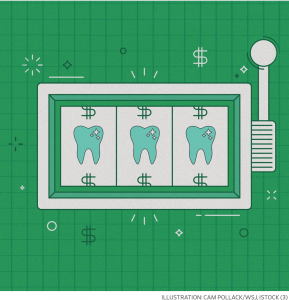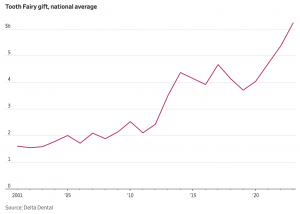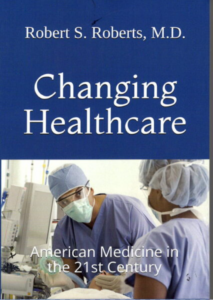When I was in medical school, I learned that life begins at conception. That was in 1975 and nothing has changed that basic scientific fact since then, except in the world of politics.
Many politicians and abortion rights activists on the left want to change those basic facts, but God isn’t listening. He is still creating life the same way He has always since the beginning of time.
The recent ruling by the Alabama Supreme Court is simply acknowledging that basic fact. If you’re not sure what I’m talking about, you’ve missed the fact that the Alabama Supreme Court held that frozen embryos can count as “children” under the state’s Wrongful Death of a Minor Act. Parents who conceived with IVF (In Vitro Fertilization) had unused embryos stored in a “cryogenic nursery” in a hospital building. But a patient managed to wander in through an “unsecured doorway,” removed some, was freeze-burned by the subzero temperature, and then dropped the embryos on the ground.
The Wall Street Journal editorial board says “The state court said it has “long held” that unborn children are covered by the wrongful death act. It declined to hold that the law “contains an unwritten exception to that rule for extrauterine children—that is, unborn children who are located outside of a biological uterus at the time they are killed.” This is not some grotesque finding, but a view consistent with the position that human life begins at conception and thus must be protected.”
Some Americans disagree with this finding. Many believe life begins at conception, but many don’t. Those who don’t simply are denying the scientific facts because they don’t suit their agenda, which demands that women have the choice to end their pregnancies on demand.
The Dobbs decision by SCOTUS that ended Roe v. Wade has not eliminated abortion in the U.S.; it has simply returned the decision to the states, where it should have been in the first place. Now Americans can express their opinions through their elected officials, instead of being subjected to the decision of SCOTUS in 1973.
One year after the Dobbs decision ended Roe, the headline on the latest Gallup polling heralded “Broader Support for Abortion Rights.” In the first trimester, yes. But 55% of the respondents, including 52% of women, also said that abortion should be “generally illegal” in the second three months of pregnancy.
Mike Pence has a long political record on behalf of the prolife cause, and in his recent memoir he revealed that his wife underwent IVF. “Karen and I struggled for more than five years with unexplained infertility,” he told CBS. “I fully support fertility treatments and I think they deserve the protection of the law.” That’s a rebuttal to partisans who claim Republicans are on a secret mission to ban IVF.
A memo circulated Friday by the National Republican Senatorial Committee pointed to survey data showing supermajority support for IVF. Donald Trump waded in on Truth Social. “Like the OVERWHELMING MAJORITY of Americans,” he said, “I strongly support the availability of IVF for couples who are trying to have a precious baby.”
The same goes for leaders in Alabama. “The Legislature will soon consider a solution that preserves our Alabama values by empowering IVF clinics to continue assisting couples in bringing new life into the world,” said House Republican Speaker Nathaniel Ledbetter. Gov. Kay Ivey is on board.
The WSJ editors conclude, “Given the clarification that’s likely coming, the pausing of IVF procedures in Alabama amid the legal uncertainty could produce needless heartache for couples. But with Roe gone, the people reign supreme on abortion policy, and that will be true on in-vitro fertilization.”
Life still begins at conception. That won’t change no matter what people decide.





